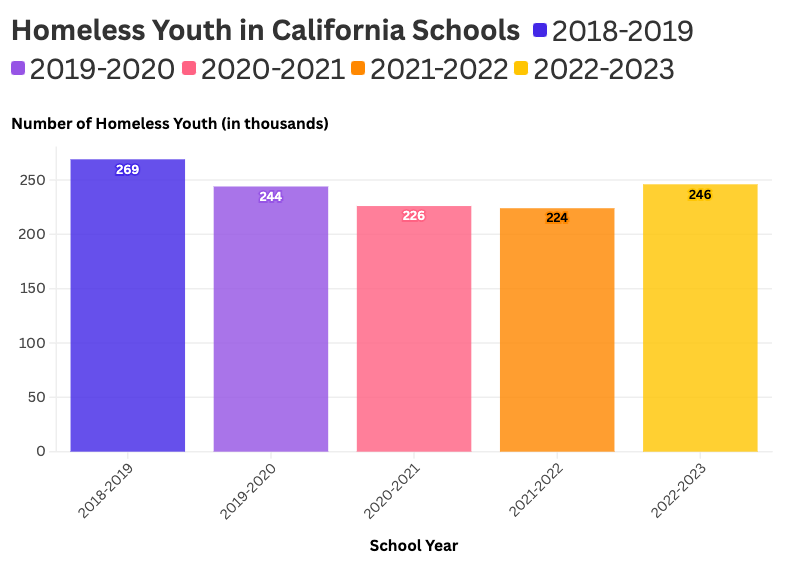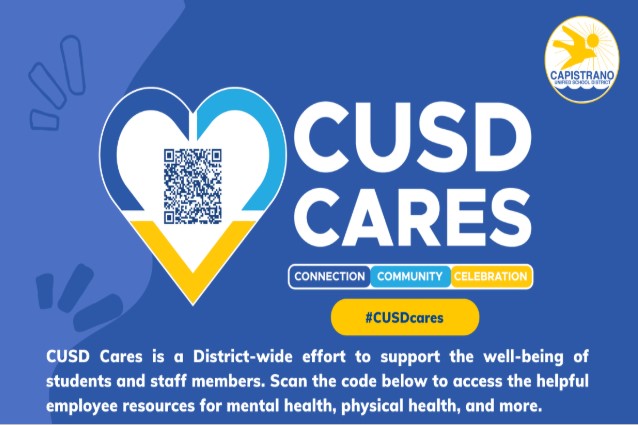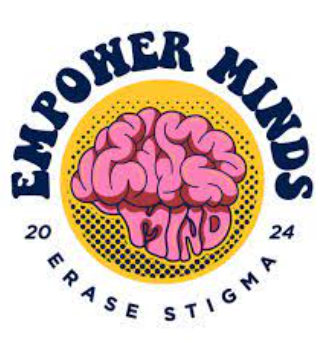Youth homelessness is a result of several factors including family conflict, abandonment or rejection, addiction, poverty, and mental health issues.
There has been a spike in unhoused youth, specifically in California because of unaffordable housing, inflation, and post-pandemic unemployment and economic issues.
In support of raising awareness of youth homelessness, November was first declared as National Homeless Youth Awareness Month in 2007.
Homelessness can range from multiple different forms and experiences, whether that be “couch surfing” with friends or families, staying in shelters, or sleeping on the streets.
“A total of 7,322 persons experiencing homelessness were counted during the 2024 PIT Count. Of the 7,322 individuals counted, 3,149 persons were sheltered while 4,173 persons were unsheltered. In comparing 2024 to 2022, there was a 37 percent increase in unsheltered population versus an increase in 18 percent in the sheltered population,” said the County of Orange.
Homeless children are more likely to have greater mental illnesses and experience depression than housed children. Homeless high school students are also more likely to consider suicide.
Many homeless youth may suffer from mental health challenges from the trauma they experience while being homeless.
Children who experience homelessness are deprived of adequate healthcare, leaving them vulnerable to illnesses, infections, and injuries. They are left with mental health issues, such as untreated PTSD, which impacts their physical and mental well-being.
Young people who age out of foster care are at a high risk of being homeless because of the lack of family support and financial resources, making it hard to find stable housing or employment.
“Youths aging out of foster care are at high risk for becoming homeless during the transition to adulthood,” said the National Library of Medicine.
Homeless youth face incredible challenges while managing school because they must balance their academics and survival needs.
Unhoused teenagers typically graduate at lower levels than their peers or end up dropping out. Homeless teenagers usually do not even have the opportunity to go to college due to failure to meet the tuition prices.
They are often exhausted and have high levels of stress, which affects their ability to focus, engage, and perform.
There are barriers to education caused by homelessness. People are unable to meet the enrollment requirements due to the lack of documentation or the unavailability of transportation.
Many students may prioritize survival over education, resulting in them dropping out of high school. Working is a priority since it addresses their immediate needs, such as food, clothing, and shelter.
In addition, not finishing high school or college limits future job opportunities, creating the continuous cycle of poverty and homelessness.
In an attempt to give children the same access to an appropriate education, the McKinney-Vento Homeless Assistance Act provides enrollment, transportation, educational services, and specialized instructional support.
“The McKinney-Vento Homeless Assistance Act is federal legislation that ensures the educational rights and protections of children and youth experiencing homelessness,” said the California Department of Education.
Adolescents have an increased risk of exploitation, including human trafficking, forced labor, and sexual assault. Many end up in unsafe situations while trying to meet their basic needs.
The homeless youth may feel socially isolated from society because of the negative stigma surrounding the term. Their feelings of alienation make it hard for them to rejoin society and build connections with others.
Addressing youth homelessness is not only essential to support the current vulnerable unhoused youth, but also strengthens society as a whole by fostering a community in which the future generation has stability and a hopeful future.
Resources for homeless youth can be found here.









